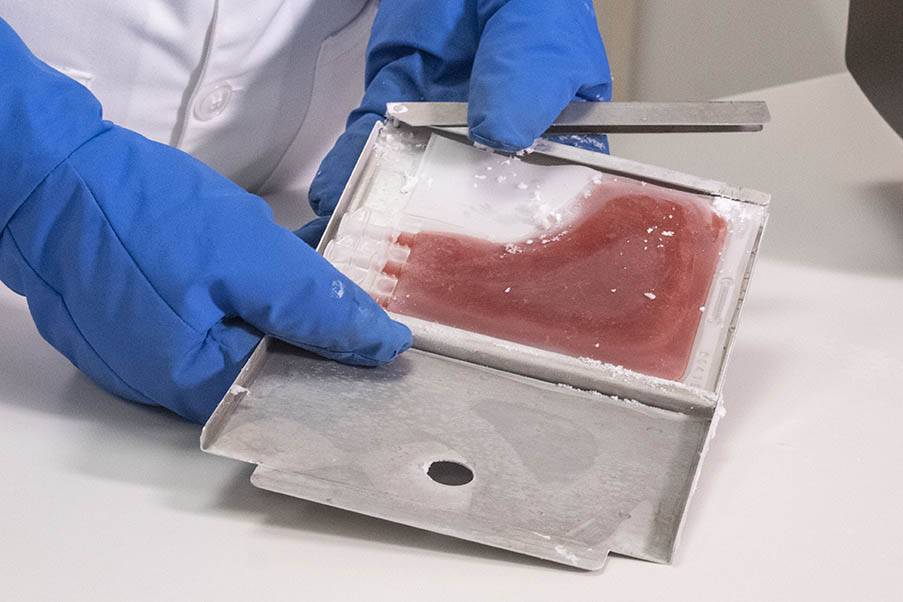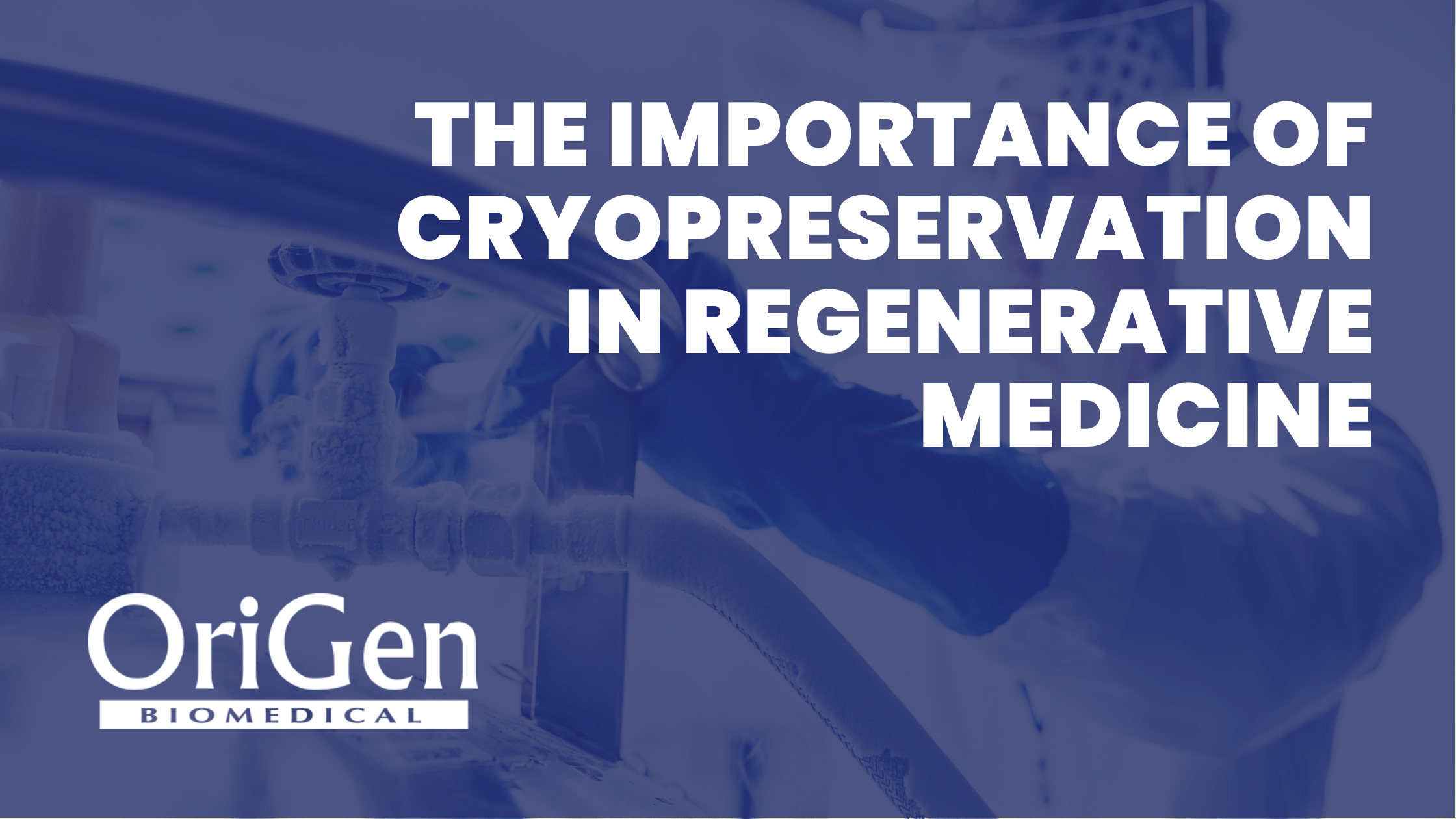Stem cells are unique cells that have the ability to differentiate into many different types of cells in the body. They can be found in a variety of locations throughout the body, including bone marrow, fat tissue, and umbilical cord blood. Stem cells have the potential to treat a wide range of diseases, including cancer, diabetes, and cardiovascular disease. Stem cells must be stored and preserved for use in regenerative medicine, also known as stem cell therapy. This is where cryopreservation comes in.
Cryopreservation is the process of preserving cells by freezing them at extremely low temperatures (-196°C). Cryopreservation of stem cells has become increasingly important in regenerative medicine as it allows for the long-term storage and preservation of stem cells for use in future treatments.

OriGen Biomedical delivers a comprehensive suite of products for cryopreservation. Our industry-preferred CryoStore Freezing Bag has the built-in ease of use, durability, and quality that you need. In addition, OriGen supplies CryoPur™ DMSO cryopreservation solutions and accessories for fluid transfer to simplify the cryopreservation process.
Cryopreservation is a critical process in regenerative medicine. It allows for the preservation of stem cells for future use, reduces the risk of contamination, increases the shelf life of stem cells, allows for the transportation of stem cells, and enables multiple treatment options. Cryopreservation has revolutionized stem cell therapy, and it is expected to become even more important in the future as new applications for stem cells are discovered.
Cryopreservation is the process of preserving cells by freezing them at extremely low temperatures (-196°C). Cryopreservation of stem cells has become increasingly important in regenerative medicine as it allows for the long-term storage and preservation of stem cells for use in future treatments.
Preserving Stem Cells for Future Use
Cryopreservation allows for the preservation of stem cells for future use. Stem cells can be frozen and stored for many years, allowing stem cells to be used in future treatments. This is important because stem cells are not always readily available, and collecting them can be a difficult and invasive process. Cryopreservation ensures that the cells are available for use when they are needed.Reducing the Risk of Contamination
Cryopreservation can also help reduce the risk of contamination. By freezing stem cells, the growth of bacteria and viruses can be slowed down or stopped altogether. This reduces the risk of contamination during the storage and transportation of stem cells.Increasing the Shelf Life of Stem Cells
Cryopreservation can also increase the shelf life of stem cells. By freezing stem cells, they can be stored for many years without losing their potency. This is important because stem cells have a limited lifespan outside of the body, and their potency can decrease over time. Cryopreservation ensures that stem cells maintain their potency and can be used effectively in future treatments.Allowing for the Transportation of Stem Cells
Cryopreservation also allows for the transportation of stem cells. Stem cells can be transported across the world, allowing for the sharing of stem cells between countries and institutions. This is important because it allows for the use of stem cells in areas where they may not be readily available.Enabling Multiple Treatments from a Single Donation
Cryopreservation also enables multiple treatments from a single donation. Stem cells can be collected and cryopreserved, and then used for multiple treatments over time. This reduces the need for multiple donations, which can be difficult and invasive for the donor.
OriGen Biomedical delivers a comprehensive suite of products for cryopreservation. Our industry-preferred CryoStore Freezing Bag has the built-in ease of use, durability, and quality that you need. In addition, OriGen supplies CryoPur™ DMSO cryopreservation solutions and accessories for fluid transfer to simplify the cryopreservation process.
Cryopreservation is a critical process in regenerative medicine. It allows for the preservation of stem cells for future use, reduces the risk of contamination, increases the shelf life of stem cells, allows for the transportation of stem cells, and enables multiple treatment options. Cryopreservation has revolutionized stem cell therapy, and it is expected to become even more important in the future as new applications for stem cells are discovered.




